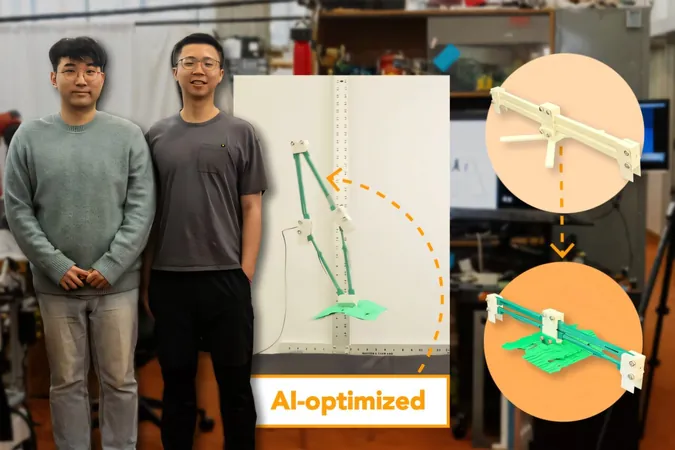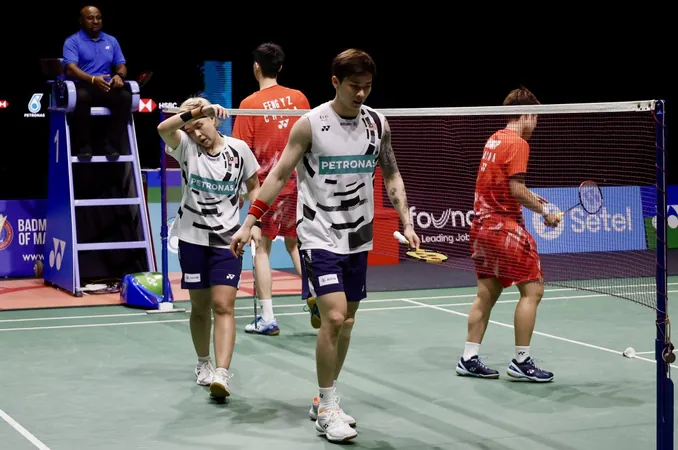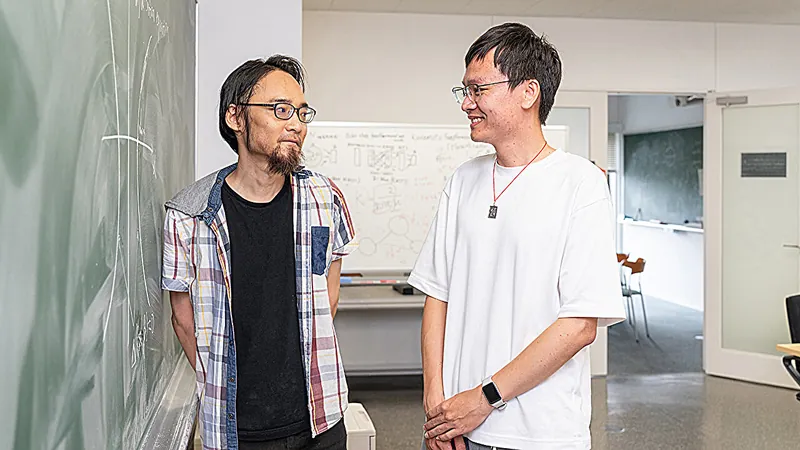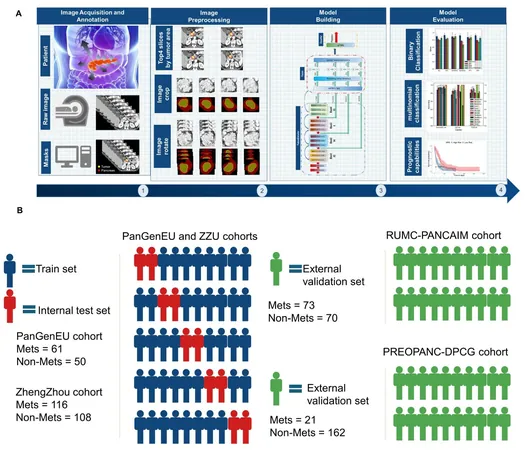
How AI is Revolutionizing Robotics: Higher Jumps and Safer Landings!
2025-06-30
Author: Wei
Unlocking New Heights with AI-Driven Robotics
In an exciting leap forward for robotics, artificial intelligence is not just about generating images or improving designs—it's taking robots to new physical heights! Recent advancements at MIT’s Computer Science and Artificial Intelligence Laboratory (CSAIL) showcase how generative AI models are being employed to create robotic designs that can jump higher and land more safely.
The Magic of Generative AI Models
Generative AI, such as diffusion models, is proving invaluable not just for brainstorming concepts but also for crafting actual working robots. With the ability to autonomously generate and evaluate new designs, these AI systems are redefining what’s possible in robot development. At CSAIL, researchers harnessed this technology, allowing users to specify aspects of a 3D robot model for the AI to innovate upon. The results? Robots that jump more than 41% higher than their human-engineered counterparts!
A Leap Ahead: The Secret Behind the Design
So what made the AI-designed robot so successful? Unlike traditional robots with straightforward, rectangular linkages, the AI-crafted robot features curved, drumstick-like connections. This innovative shape allows the robot to store more energy before taking flight—an insight that revolutionized its jumping ability.
Optimizing for Excellence
To refine their design, researchers experimented with 500 different structures using a groundbreaking embedding vector to guide the AI’s creative process. After multiple iterations, they honed in on a ‘blob-like’ shape that ultimately enhanced the robot’s leaps. The beauty of diffusion models lies in their capacity to suggest unconventional solutions, making development smoother and more efficient.
Ensuring Safe Landings—A New Challenge
But jumping high wasn’t enough; landing safely was equally crucial. The team used their AI to design an optimized foot for the robot, ultimately boosting its landing success rate by a staggering 84%. This improvement suggests that generative AI could soon transform the design processes for various types of robots, making them more reliable and functional.
A Future of Possibilities
The researchers are just scratching the surface. They envision AI-driven robots capable of performing complex tasks like picking up objects or operating tools—all while continually improving their structural designs to achieve higher jumps and more stable landings. As co-lead author Tsun-Hsuan "Johnson" Wang puts it, this project is merely a starting point, with vast potential to expand the capabilities of robotics even further.
Bridging AI and Robotics for Tomorrow’s Innovations
The blend of generative AI with robotics opens exciting avenues for the future. By finding the perfect balance between design and function, these cutting-edge technologies promise not just to enhance robotics but potentially revolutionize how we think about machine capabilities altogether.



 Brasil (PT)
Brasil (PT)
 Canada (EN)
Canada (EN)
 Chile (ES)
Chile (ES)
 Česko (CS)
Česko (CS)
 대한민국 (KO)
대한민국 (KO)
 España (ES)
España (ES)
 France (FR)
France (FR)
 Hong Kong (EN)
Hong Kong (EN)
 Italia (IT)
Italia (IT)
 日本 (JA)
日本 (JA)
 Magyarország (HU)
Magyarország (HU)
 Norge (NO)
Norge (NO)
 Polska (PL)
Polska (PL)
 Schweiz (DE)
Schweiz (DE)
 Singapore (EN)
Singapore (EN)
 Sverige (SV)
Sverige (SV)
 Suomi (FI)
Suomi (FI)
 Türkiye (TR)
Türkiye (TR)
 الإمارات العربية المتحدة (AR)
الإمارات العربية المتحدة (AR)